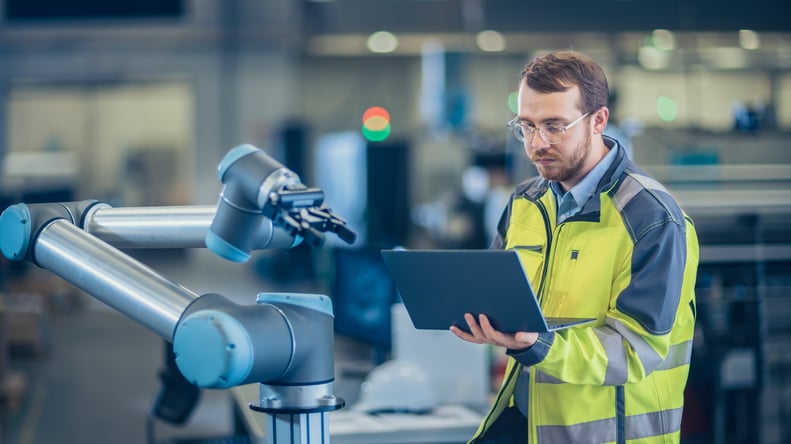Often regarded as the main eligible cost in a research and development (R&D) tax claim, but sometimes overlooked by businesses in favour of material costs, staffing costs is an area your manufacturing firm should pay keen attention to.
When carrying out a research and development project, it’s natural to prioritise how much you’ll need to spend on the machinery and equipment needed to complete your project. However, what happens once you’ve bought all this shiny new equipment? After all, you didn’t purchase it all just for it to sit and look pretty in the warehouse. That’s where man-power comes in.
For R&D manufacturing projects, you’re likely to either require employees to work over their hours or work solely on this new task, meaning their existing workload will need to be picked up by another person. In both of these instances, you’re going to have to be prepared to empty your pockets and foot the associated staffing cost bill.

Fortunately, through R&D tax credit, there is an option for you to claim back on this expense. However, it pays (quite literally!) to learn about HMRC’s specific eligibility criteria before you start adding zeros to your employees’ wage slips. In this blog post, we’re detailing what you need to know when looking to claim back staffing costs on your manufacturing facility’s R&D.
What type of staffing costs can be claimed?
We understand that ‘staffing costs’ is a pretty broad term. It’s important to know, therefore, the specific types of costs that qualify for R&D tax credit. So, we’ve broken it down into four main areas:
- Firstly, and arguably most importantly, is the salary. As a manufacturing company, you can claim back on the employee carrying out the R&D activity’s gross salary. This also includes any overtime or bonuses they might have been paid during the time spent on the project.
- Secondly, you’ll be able to get the money back that you (as the employer) paid towards National Insurance. It’s worth noting that you won’t be able to claim on the money your employee paid towards National Insurance or PAYE.
- In addition, through R&D tax credits you’ll be able to claim back the money you paid towards an employee’s pension scheme - this could be in the form of either a company scheme or group personal pension scheme.
- Finally, as the employer, you could also get back the money you spent on reimbursed expenses for your employee. This will likely be travel and subsistence expenses that your employee has incurred through mileage costs, train fares, hotel bills and flight tickets, for example. However, if you paid your employee directly through your company credit card, this money won’t be eligible when completing your R&D tax application.
How much R&D credit will I receive for staffing costs?
Drumroll please…you could be entitled to all of it! So long as the employee working on your manufacturing project is working full time at your company, you’ll be able to claim back on all of the above staffing costs.

It goes without saying that if your employee is only spending half their time working on the project and the other half of the time carrying out their usual role on the production line, you won’t be eligible to claim back their full salary.
While you’ll still be entitled to claim back some of their salary, this can be slightly trickier to work out, especially if this hasn’t been properly documented. For situations like these, it’s crucial you keep a regularly updated and accurate timesheet as this will put you in good stead for receiving a fair sum of money for the work carried out upon filing for your application.
Hopefully, now that we’ve explained it in a little more detail you’ll feel better prepared to start your manufacturing firm’s R&D claim. If that’s not the case, then feel free to get in touch with a Lumo representative today who’ll happily answer all of your burning R&D-related questions!